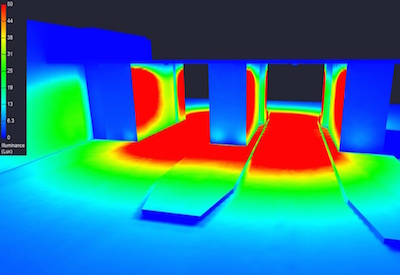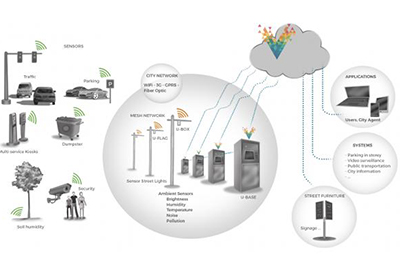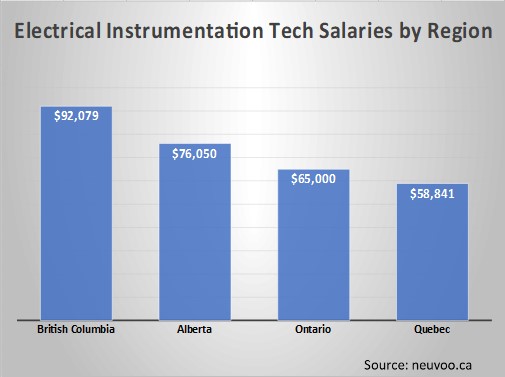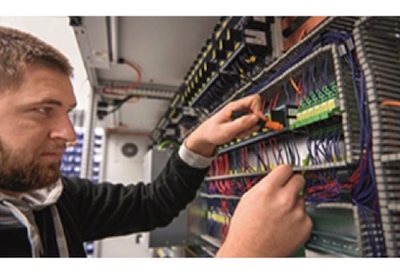The Role of Photometry in a Lighting Layout

June 18, 2018
When designing lighting layouts, factoring in the photometric spectrum is becoming increasingly important. As a matter of fact, when a light source is not controlled, it can give off visible rays in all directions, which can result in needless, often harmful illumination. The science of photometry works to contain this light by specifying the intensity and the quality of light radiation, and perfecting new techniques to control it and aim it in the appropriate areas.
In essence, when working on a residential, commercial, industrial or institutional lighting project, a photometric analysis will allow you to plan your lighting layout more accurately to control your costs and increase your energy output.
What is photometry?
Photometry is the science of measuring visible light as perceived by the human eye. We use it mainly in the context of lighting technology whether in architectural, photographic, audiovisual, or other similar settings.
The measuring unit of illuminance is the lux, or foot-candle; it indicates the amount of illumination a given surface unit receives.
We use two devices to measure photometric data, namely the number of lumens produced by a light source:
• the integrating sphere is used to measure all electrical features of a luminaire as well as the chromatic properties of a light source, particularly the luminous flux, or lumens
• the goniophotometer measures the spatial and angular distribution of a light source
5 basic metric values
• Luminous Intensity (candela): It is the amount of light dispersed in a given direction. It is calculated in large part by guiding parts of the lighting flux such as reflectors; it is illustrated by the photometric curve.
• Luminous flux (lumen) — the amount of light produced by a light source. As for light efficacy, it is the result of luminous flux divided by the amount of electrical energy consumed (lumen/watts). It reflects the profitability of a light source
• Luminous existence (candela/ft²) — the spatial density of the luminous flux starting from a specific location
• Luminous (candela/m²) — illuminance is the sole photometric magnitude that the human eye can determine. It represents the amount of luminous intensity (candela) that an object will reflect or produce per square metre
• Illuminance (candela/m²) — illuminance is a measurement of the amount of luminosity that light projects onto a given surface. More specifically, it is the density of the luminous flux (lumens) on a surface; it tends to diminish as the distance between the surface and the light source increases (Inverse Square Law)
The use of photometry in your lighting layout
Standard’s online photometry tool will give you an estimate of the number of fixtures required in your space design. It offers a number of layout simulations of your light spots that will allow you to confirm their compliance with requisite standards as well as their aesthetic appearance as well as ensure consistent light flow.
Remember, however, to use it only as a reference tool; it does not use the point-to-point method, nor does it determine the uniformity ratio. Rather, this software will use the mid-range lumen process, which can only give an overview of the level of illuminance.
For a more elaborate project, a full-spectrum energy audit becomes a necessity. To make sure you reach optimal distribution of light as well as a reduction in costs, an energy audit can suggest an array of lighting layouts. The resulting report will set out initiatives to undertake so that your lighting system offers the best luminous efficiency, ensures a substantial reduction of energy consumption, and affords the best return on your investment. Moreover, with this report in hand, you will have easy access to the financial support available through various programs that public utility companies make available.
This article was first published as a Standard blog: http://www.standardpro.com/the-role-of-photometry-in-a-lighting-layout/. It has been lightly edited.

















